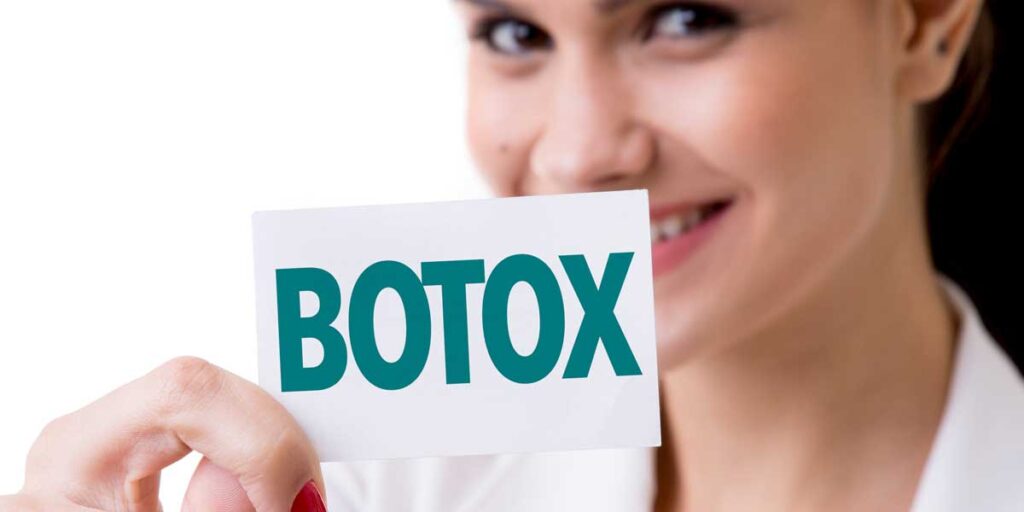Bruxism, or teeth grinding, is a common condition affecting millions worldwide. This involuntary action often occurs during sleep and can lead to severe dental issues. Symptoms include jaw pain, headaches, and worn-down teeth. Understanding the causes and treatments for bruxism is crucial for maintaining dental health.
Traditional Treatments for Teeth Grinding
Traditional treatments for bruxism include mouthguards, stress management techniques, and medication. Mouthguards protect teeth but don’t address the root cause. Stress management can be effective but requires consistent effort. Medications can reduce symptoms but may have side effects. These methods offer relief but often fail to provide a long-term solution.
Botox A Game Changer in Bruxism Treatment
What is Botox?
Botox, widely known for cosmetic applications, has emerged as a revolutionary treatment for bruxism. Botox is a neurotoxin that temporarily paralyzes muscles, reducing their activity. When used for bruxism, teeth grinding Botox in Birmingham targets the jaw muscles responsible for grinding, offering relief and protection for the teeth.
How Does Botox Work for Bruxism?
Botox injections for bruxism focus on the masseter muscles, which are crucial in jaw movement. By weakening these muscles, Botox reduces the intensity and frequency of teeth grinding. This treatment not only alleviates pain but also prevents further dental damage.
Benefits of Botox for Teeth Grinding
Quick and Effective Relief
Botox provides quick relief from bruxism symptoms. Patients often notice improvement within a few days. The effects last for several months, reducing the need for continuous treatment.
Minimal Side Effects
Compared to traditional medications, Botox has minimal side effects. The most common ones include mild bruising or swelling at the injection site. These side effects are temporary and typically resolve within a few days.
Improved Quality of Life
By reducing jaw pain and preventing dental damage, Botox significantly improves the quality of life for bruxism sufferers. Patients can enjoy pain-free sleep and wake up refreshed, free from the discomfort caused by teeth grinding.
The Procedure What to Expect
Consultation
Before receiving Botox treatment, a consultation with a healthcare provider is essential. The provider will assess the severity of bruxism and determine if Botox is a suitable treatment option.
The Injection Process
The injection process is quick and minimally invasive. It involves administering Botox directly into the masseter muscles. The procedure usually takes less than 30 minutes and requires no downtime, allowing patients to resume normal activities immediately.
Follow-Up
Follow-up appointments are crucial to monitor the treatment’s effectiveness and schedule future injections. Most patients need repeat treatments every three to six months to maintain results.
Conclusion
Botox is transforming the treatment landscape for bruxism. By targeting the root cause of teeth grinding, Botox offers a quick, effective, and minimally invasive solution. This innovative treatment not only alleviates pain but also enhances the quality of life for individuals suffering from bruxism. If traditional methods have failed, Botox might be the answer to ending the nightly grind.


